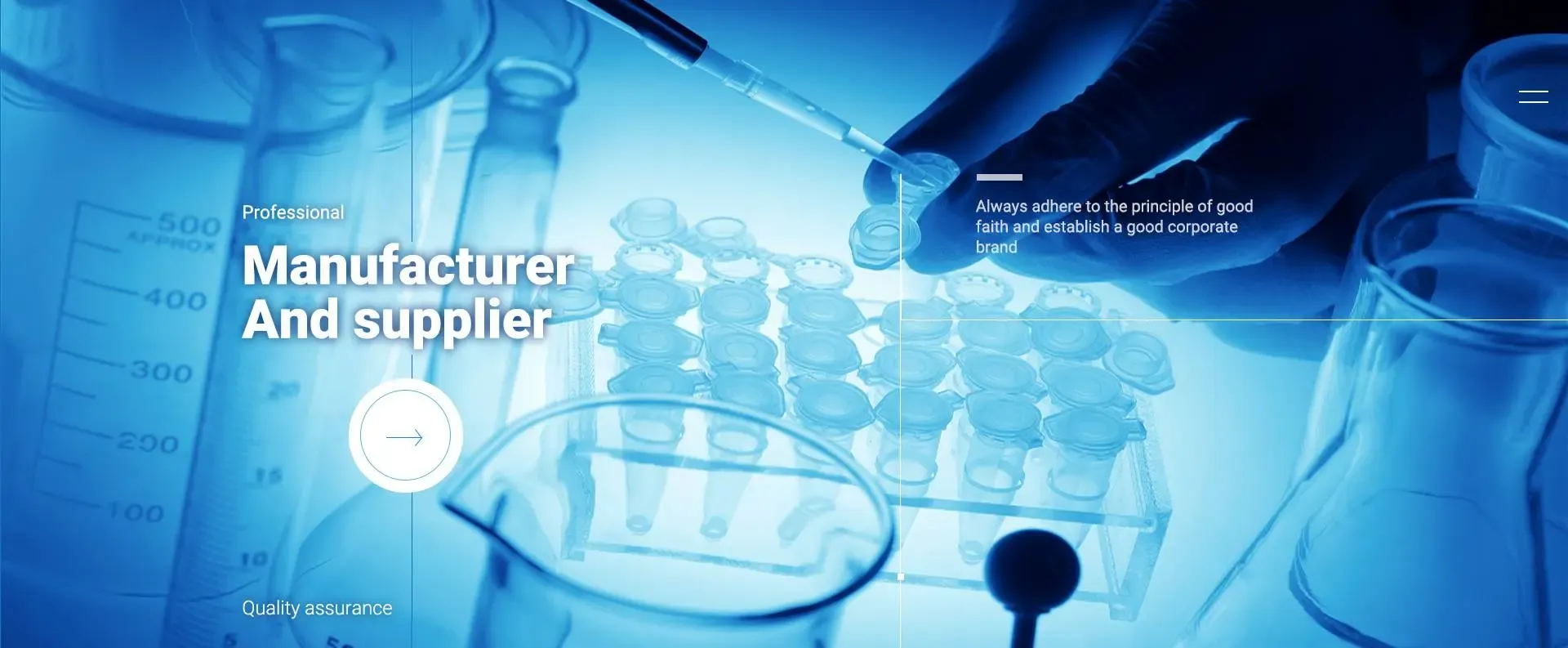



msds naoh solid
Understanding the Material Safety Data Sheet (MSDS) for Sodium Hydroxide (NaOH) Solid
Sodium hydroxide (NaOH), commonly known as caustic soda or lye, is a highly versatile chemical with a wide range of applications. It is predominantly used in industries such as pulp and paper, textiles, petroleum, food processing, and water treatment. However, due to its corrosive nature, it is essential to understand the hazards associated with its handling and storage. This is where the Material Safety Data Sheet (MSDS) comes into play.
An MSDS is a comprehensive document that provides crucial information about the properties, hazards, and safe handling practices of a chemical substance. For sodium hydroxide solid, the MSDS serves as a vital reference for anyone involved in its use, from industrial workers to emergency responders.
Chemical Identification
Sodium hydroxide is an inorganic compound with the formula NaOH. It appears as white solid pellets or flakes and is hygroscopic, meaning it readily absorbs moisture from the air. The MSDS typically contains information about the product's chemical identity, including its synonyms, CAS number (1310-73-2), and the manufacturer’s details.
Hazard Identification
One of the primary purposes of the MSDS is to delineate the hazards associated with a chemical. Sodium hydroxide is classified as a highly corrosive substance. It can cause severe burns upon contact with skin and can lead to serious damage to eyes, potentially resulting in blindness. Inhalation of sodium hydroxide dust can irritate the respiratory tract. As such, the MSDS will explicitly outline these risks and include precautionary statements to minimize exposure.
Composition/Information on Ingredients
The MSDS also provides information about the composition of sodium hydroxide solid. While the primary component is NaOH, it can sometimes contain impurities, depending on the source and production method. Understanding the composition is crucial for assessing potential interactions with other chemicals and for ensuring safe handling practices.
First-Aid Measures
In the event of an exposure incident, the MSDS outlines appropriate first-aid measures. For skin contact, it advises immediate rinsing with plenty of water for at least 15 minutes while removing contaminated clothing. For eye contact, it recommends flushing the eyes with water and seeking medical attention promptly. Inhalation may require moving the individual to fresh air, and ingestion necessitates seeking medical help without inducing vomiting.
msds naoh solid

Fire-Fighting Measures
While sodium hydroxide is not flammable, the MSDS includes information on fire-fighting measures as it can react exothermically with certain materials and release potentially hazardous fumes. The document provides guidance on suitable extinguishing media and protective equipment that should be used while combating fires involving sodium hydroxide.
Accidental Release Measures
If sodium hydroxide solid is accidentally released, the MSDS details procedures for containment and cleanup. It advises wearing protective gear, including gloves and goggles, to prevent exposure. Spills should be neutralized with a suitable acid (following appropriate ratios) before cleaning up, and contaminated materials must be disposed of according to local regulations.
Handling and Storage
To promote safety, the MSDS outlines best practices for the handling and storage of sodium hydroxide. It recommends storing the chemical in a cool, dry, well-ventilated area away from incompatible materials such as acids. Proper labeling of containers is essential to ensure that anyone who encounters the substance can quickly identify its hazards.
Exposure Controls/Personal Protection
The MSDS provides guidance on exposure controls, such as engineering measures to minimize inhalation risks and the use of appropriate personal protective equipment (PPE). This typically includes chemical-resistant gloves, goggles, and face shields, as well as respiratory protection in situations where dust may be generated.
Conclusion
The Material Safety Data Sheet for sodium hydroxide solid is an essential resource that provides comprehensive information on the chemical's hazards, safe handling practices, and emergency procedures. Understanding and adhering to the guidelines outlined in the MSDS is crucial for ensuring safety in the workplace and minimizing the risk of exposure to this highly corrosive substance. Users are encouraged to familiarize themselves with the MSDS of sodium hydroxide and to continuously uphold safety protocols when working with this significant chemical.
-
Why Sodium Persulfate Is Everywhere NowNewsJul.07,2025
-
Why Polyacrylamide Is in High DemandNewsJul.07,2025
-
Understanding Paint Chemicals and Their ApplicationsNewsJul.07,2025
-
Smart Use Of Mining ChemicalsNewsJul.07,2025
-
Practical Uses of Potassium MonopersulfateNewsJul.07,2025
-
Agrochemicals In Real FarmingNewsJul.07,2025
-
Sodium Chlorite Hot UsesNewsJul.01,2025










